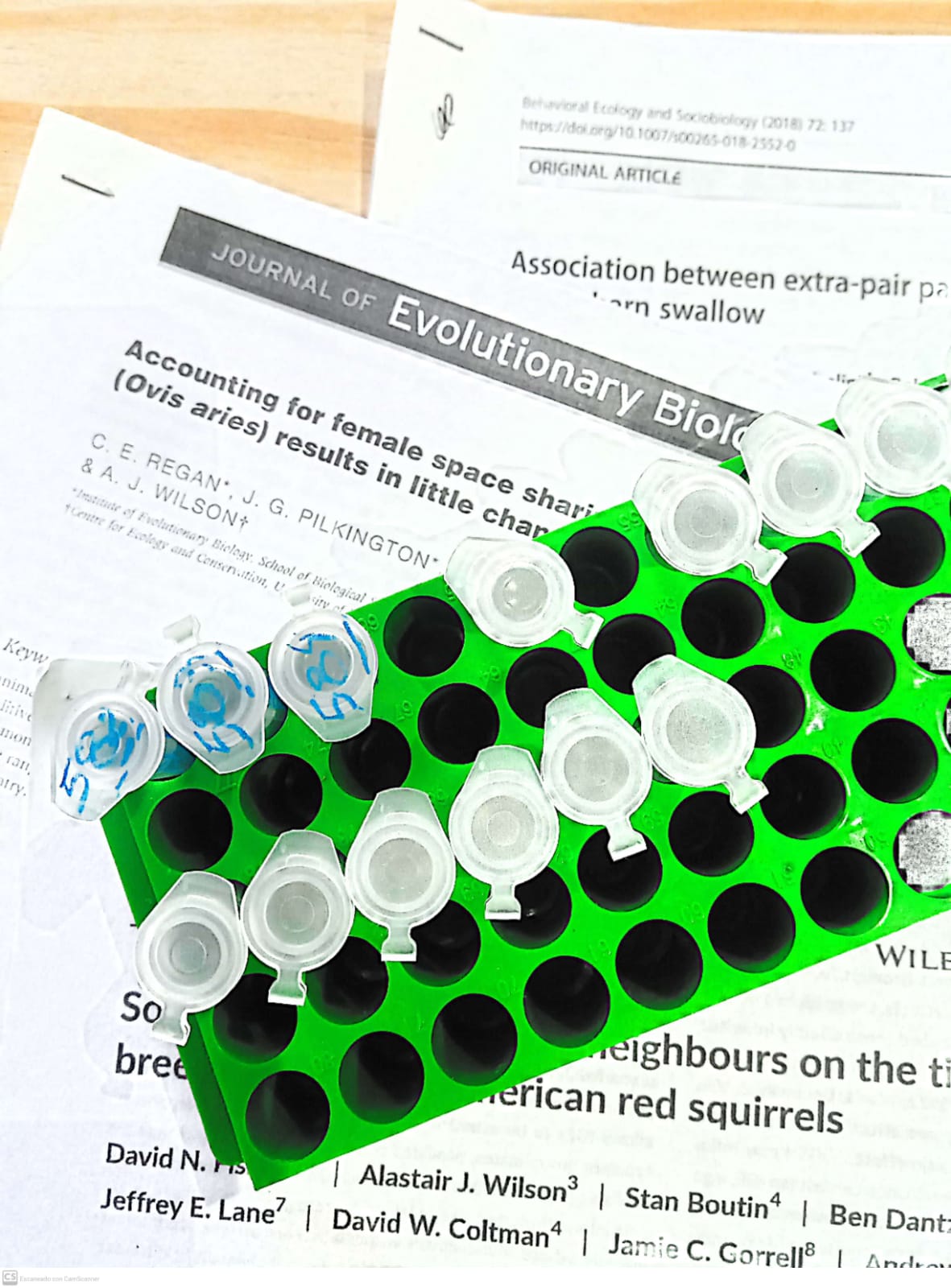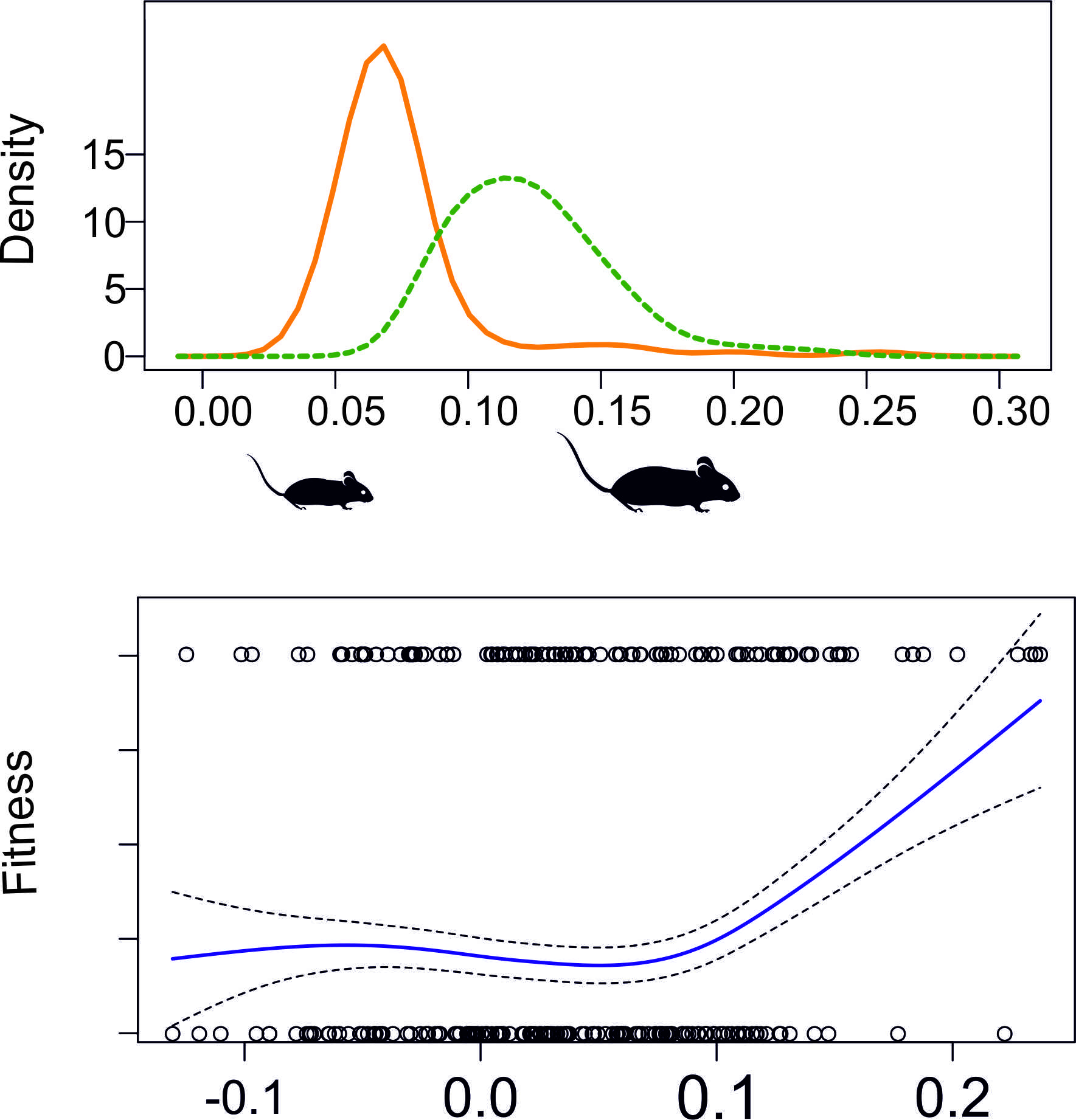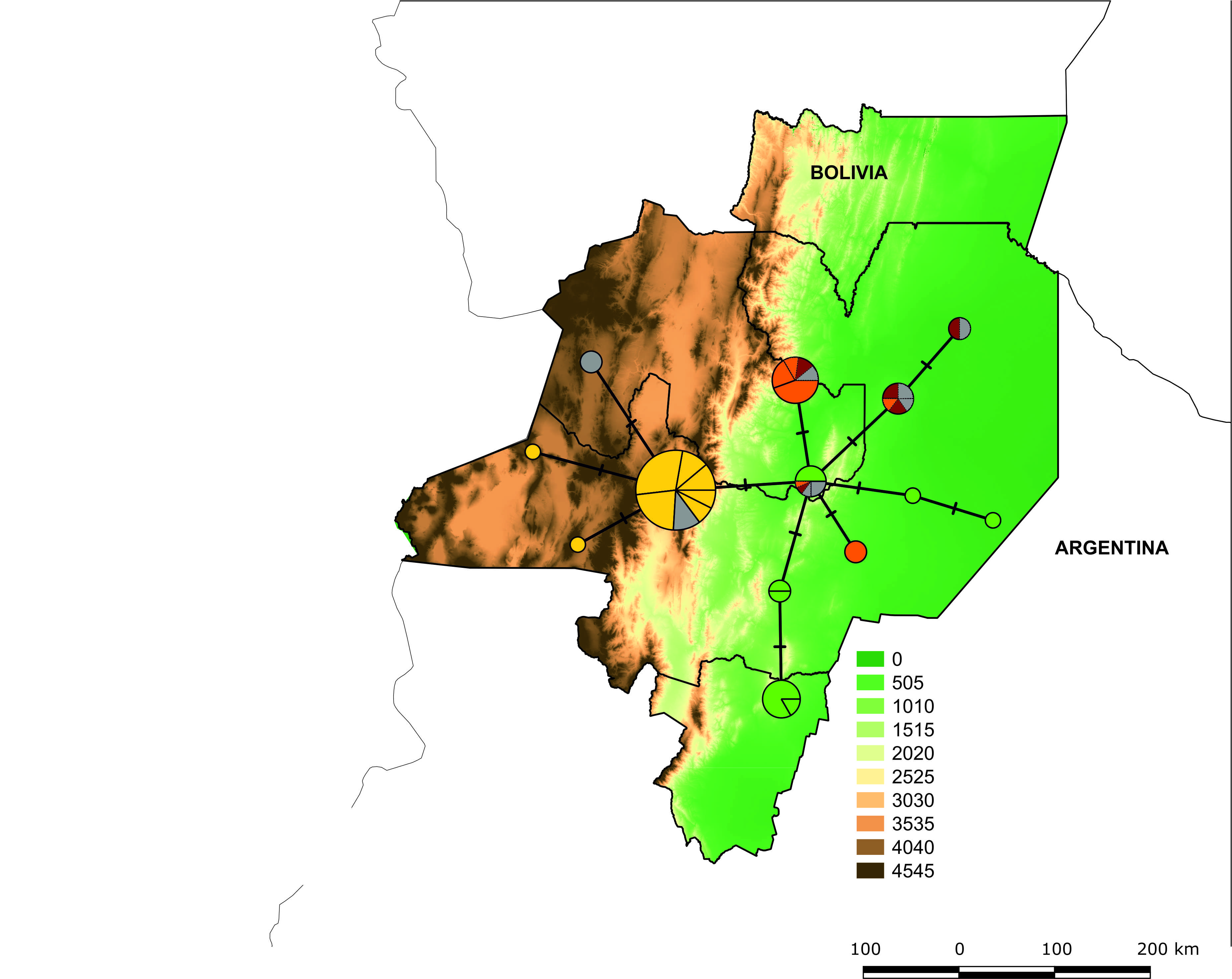Ongoing research / Investigación en marcha

Phenotypic evolution of complex traits / Evolución fenotípica de rasgos complejos
To comprehend the evolutionary dynamics of traits in response to environmental change, it is essential to adopt a quantitative genetic and population genetics approach that investigates the genetic basis and ecological drivers of complex traits within and between populations. This knowledge is crucial for assessing the heritability of phenotypic traits and their potential to be transmitted across generations as a result of selection. However, rapid shifts or divergence in phenotypic traits can occur without selection being the primary driving factor. According to theory, when new populations are established, the random sampling effect of genetic drift during the founding event, following a population decline, can facilitate swift phenotypic divergence. Additionally, gene flow tends to promote genetic homogeneity among populations and may reduce or obscure divergent variation. These processes are not mutually exclusive and coexist in a balanced manner. Our research aims to understand the role of each evolutionary force in shaping phenotypic evolution over short timescales.
Current projects:
Body size and cranial shape evolution of mice from agroecosystems. This project is carried out with the collaboration of José Coda and José Priotto from GIEPCO (ICBIA; CONICET-UNRC).
Genetic basis and adaptive landscape of color polymorphism in the red-belly toad. In collaboration with Lucia Sommaro (INECOA; CONICET-UNJu).
Parallel evolution in the Antarctic limpet Nacella concinna. In collaboration with Carla de Aranzamendi from ECOMARES (IDEA; CONICET-UNC).

Population genetics and phylogeography of small vertebrates / Genética de poblaciones y filogeografía de pequeños vertebrados
We also study the population genetic structure of small vertebrate species in northwestern Argentina. This information is crucial for shedding light on the environmental, ecological, and evolutionary processes that shape genetic variation in mountain landscapes and contribute to the generation and maintenance of biodiversity. Our research encompasses various systems, including small mammals (cricetid rodents), amphibians, birds, and, more recently, lizards. While not our primary goal, the evidence we generate also contributes to resolving certain systematics and taxonomic issues.
